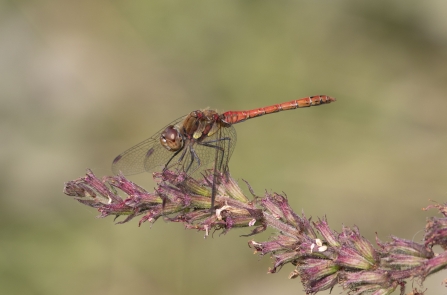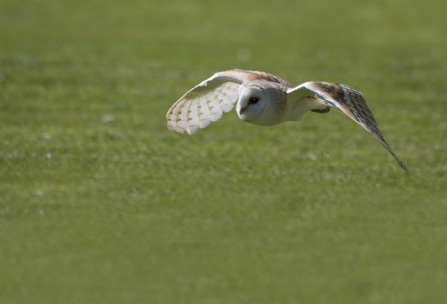Welcome to Meeth nature reserve, 450 acres of disused quarry that has been spectacularly reclaimed by nature. I’m showing the former owners around to see how wildlife has flourished since we took over the site a few years ago. And hasn’t it just! Woods, heath, ponds, bogs, slumping cliffs, seas of wildflowers and rushy pasture, it’s all here. Apart from the odd helping hand, all we’ve needed to do is step back and let nature move in.
What makes Meeth so magical is the constant change. Not just moving from one type of habitat to another as we wander through this extraordinary oasis, but over time. Bare slopes become covered in miniature forests of stonecrop. This gives way to dwarf vegetation, then trees start to establish. Until the hungry Exmoor ponies come by, or the unstable bank collapses, and the process begins again. This is more than just a nature reserves – it gives a hint to how nature might run things if we weren’t there.
Yet stunning as it is, something is not quite right. It’s February, and the sun is beating down. The azure blue shimmer of Stockleigh Lake stretching out beneath our vantage point is transfixing, but there is no sign of the over wintering wildfowl that normally crowd the chilly waters. There are no leaves to be seen on any tree, but bird song is everywhere and I see my first Brimstone butterfly scudding across the bare bushes. This is winter, but not as we know it. Just as well we weren’t here a year ago – we’d have been straining against arctic gales and falling in snowdrifts.
Stockleigh Lake is 150 feet deep. When DWT took on the site we were told to expect this huge bowl to fill to the brim in five years. In fact it did so in two, thanks to consecutive years of constant deluge. It’s hard to visualise that now as we tramp through the parched clay.



